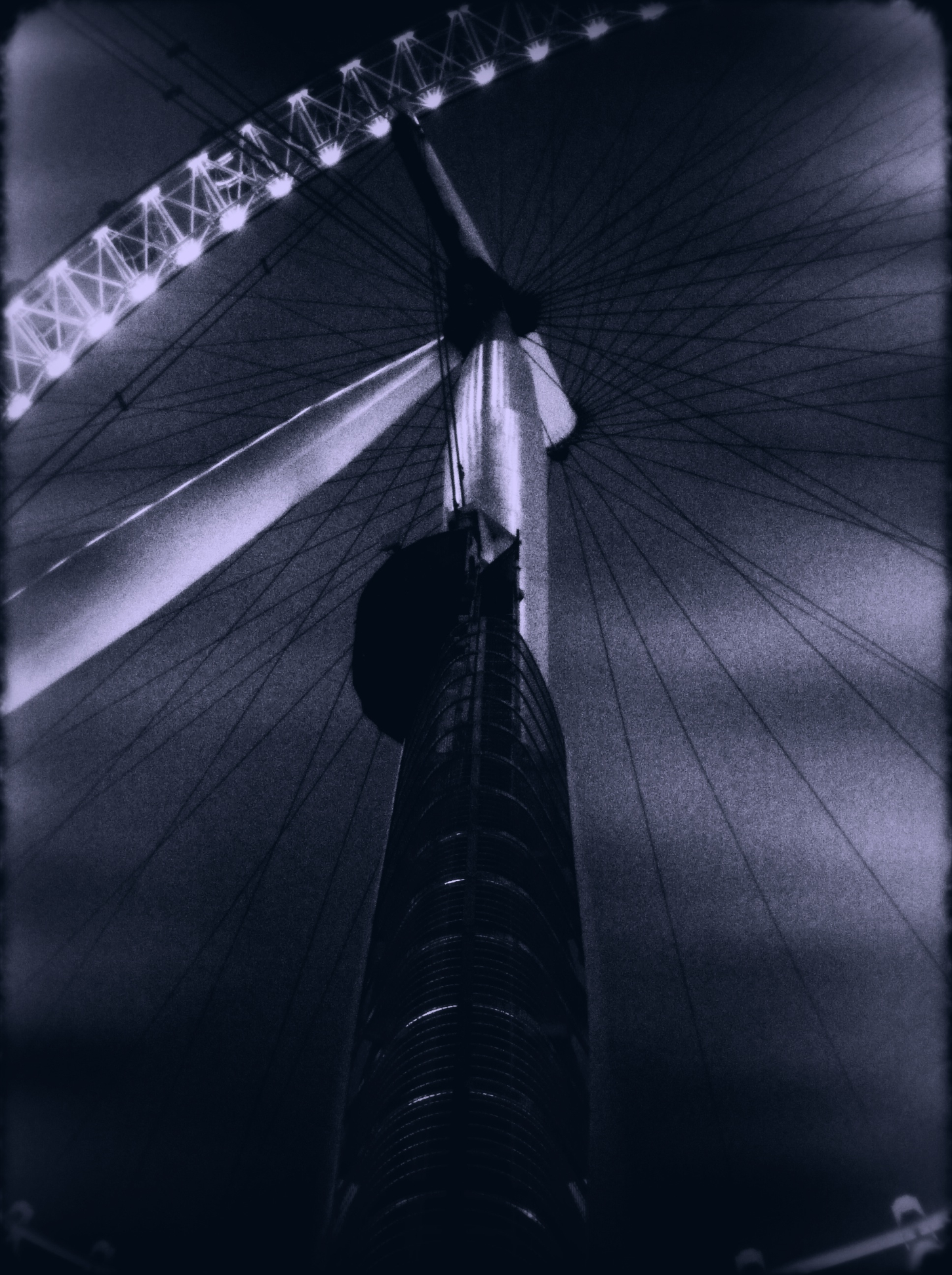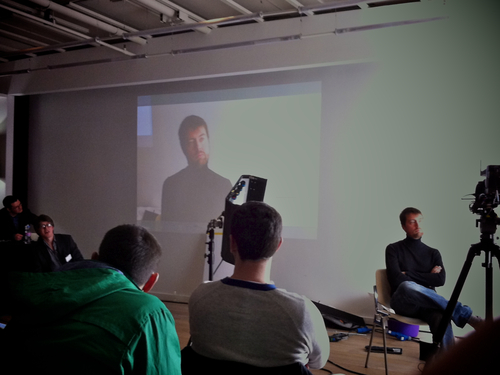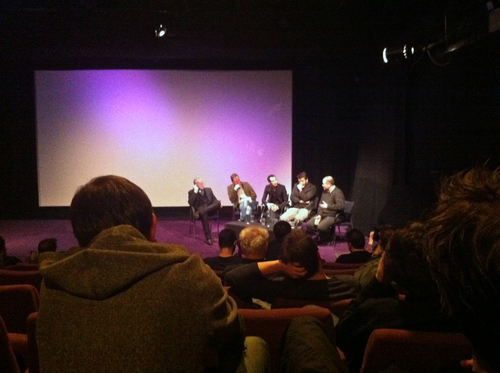Converge 2011 - Part 2 - Workshop Day
 Sunday, March 27, 2011 at 3:44PM
Sunday, March 27, 2011 at 3:44PM  My name is Andrew Howe and I am a workshopaholic. OK, so its out there, I can relax now. When they ask me difficult questions in the surveys for NAB like “What is your role in the media industry?”, the most accurate answer is probably Workshop Chair Grip. It’s a toss-up between that and Credit Card DoP.
My name is Andrew Howe and I am a workshopaholic. OK, so its out there, I can relax now. When they ask me difficult questions in the surveys for NAB like “What is your role in the media industry?”, the most accurate answer is probably Workshop Chair Grip. It’s a toss-up between that and Credit Card DoP.
First up was Adam Duckworth. I felt a bit sorry for Adam as a projector failure meant he had to do his presentation without slides but he still managed to make it engaging. Adam’s career is mainly in photography but he transition more to multimedia in recent years so he was in a good position to explain both the differences and similarities between photographic and film lighting. I think I am right in attributing one of my favorite quotes of the day to Adam “Once light has left the lamp, it has no idea how expensive the light that made it is.”
Ed Moore also did a presentation on lighting. My first exposure to Ed was on a recent course I did through FXPHD. It was great to meet him and some of the lights which I had seen him use to great effect in that course. Ed expanded on some of the topics covered by Adam and introduced some additional lighting types and grip. Some of these were great budget tips for trying to build up a low cost but flexible lighting kit.
 Ed Moore explains a lighting set-up
Ed Moore explains a lighting set-up
There was quite a strong Post element to the day. We had two presentations on Final Cut: one on multi-camera from Steve Sander and another on DSLR workflow from Byron Wijayawardena of Apple. I have never had to shoot or edit multi-camera so I had not really come across it before. It quite an interesting way of working. I have edited footage where there were multiple takes from different angles and I found it a real challenge. If you can get more coverage of the same performance it makes the editors life much easier. Byrons’s attempt to go through the whole FCP workflow including Color was probably a bit ambitious. Despite being from Apple he did throw in a lot of third party options which meant it was a very comprehensive and real-world view despite the time challenges. Byron used footage shot for a music video and this was shared for a presentation by James Tonkin on Davinci Resolve. This was deliberate to allow for a comparison. I had seen Resolve demos before but this was the first by a customer. Not just a customer, but one who had only been using it a few weeks. Now, one look at the FCP timeline that was imported showed that James was no novice but it was still impressive how quick James was able to work given the different methodology and UI. The speed and control you have in Resolve is astounding. Even a relative newb like me has spent more hours than I care to recollect staring anxiously at render bars when grading. Its an inevitability when shooting DSLR with flat profiles that you will be grading. If my deadlines were commercial rather than just sheer impatience, then I would definitely be investing in Resolve.
Richard Jobson, the driving force behind Converge, did a Directing session with 2 actors. He had a new script which the actors had barely seen which is making use of the lift set currently taking up Richard’s garage where it was built for the zzz need a lawyer short. The situation and the language in the script were very Pinteresque. Richard explained what he wanted from the actors particularly around the pacing. For the first couple of read throughs it didn't quite work. The script editor in me (a mode I have only recently discovered I have) was mentally starting to kick in. However, on the next read-through Richard got them to the pace he wanted and suddenly the language found its rhythm and the performance was transformed. Watching this process was quite a revelation as I have never really seen this direction/performance interaction before. I look forward to seeing the film when its complete.
The final presentation was from Sloan U’Ren (Director) and Simon Dennis (Cinematographer) about the feature they are working on called “Dimensions”. Sloan and her husband Ant Neely are the originators of the project. Both have successful careers in the industry and are fulfilling an ambition to make their own film. DSLRs were one enabling technologies which made the project feasible for their budget whilst delivering the look they wanted. Dimensions is a period, character driven movie with a twist. Simon showed us some ungraded footage (using 5D) which looked simply sumptuous. Simon told us that he still lit the scenes as he would for film. He wasn’t looking for super-shallow depth of field. He is more interested in the results than the technology. The film is currently in post and its one to look out for later in the year.
Converge has plans to increase access to training workshops and their recently revamped blog has become one of the best sources of information on the web with a host of respected guest bloggers contributing.
